|
Roger Ebert famously said video games could never be art, and some part of his evidence for this statement was the terrible state of video game adaptations into movies. Movies based on video games have made some improvements in the decade since Ebert’s pronouncement, becoming marginally less offensive and even tolerable in theaters and critically praised on TV. The Super Mario Bros Movie is the latest incarnation, though based on its world-beating success, hardly the last. Adapted by that most creatively bankrupt of animation studios, Illumination, and in full partnership with Nintendo, a new franchise is spawned with spinoffs and properties to fill screens for the next decade. Imagine Link carving up skeletons to an Imagine Dragons soundtrack, or a prairie full of Pokemon boogeying to the Black Eyed Peas. The Super Mario Bros Movie provides an inoffensive window into an annoying future. Illumination makes an acceptable film that’s not without its frustrations, mainly that it doesn’t try to be anything more than that.
0 Comments
One of many memorable scenes from Freaks and Geeks found the latter including one of the former in their regular Dungeons and Dragons game. James Franco’s Daniel resists at first but is ultimately convinced thanks to the earnest investment of the geeks, including John Francis Daley’s Sam. Twenty-four years later, Daley and his writing/directing partner Jonathan Goldstein are still rolling twenty-sided dice in their loose adaptation of the fantasy role-playing game. For a viewer whose only experience is listening to the occasional podcast where guests play D&D, Dungeons and Dragons: Honor Among Thieves has the improvisational rhythms of funny people making it up as they go along, wildly succeeding in their goals or hilariously failing depending on what number comes up. A heist film with fantasy elements provides Daley and Goldstein and their excellent cast with a vast playground, resulting in one of the more surprising successes of 2023.
Noah Baumbach and Wes Anderson are both icons of American indie cinema, turning their cameras onto professional class East Coast types in the former’s naturalistic style and the latter’s mannered style. Baumbach’s written scripts for the latter on more than one occasion, so it’s not like he can’t create something that meshes with Anderson’s particular aesthetic, whereas the opposite is probably not true. This is one of many things that makes Baumbach’s latest, White Noise, so confounding. Baumbach hasn’t made a film prior to this one that seems to be in direct imitation of his colleague. The characters speak in a heightened and formal cadence, like many of Anderson’s characters, there’s extensive and colorful production design like in Anderson’s sets, and it has a much more epic sweep than Baumbach’s usual character studies. In adapting a Don DeLillo novel, Baumbach’s also adapting a script for the first time instead of creating it from scratch. He’s well out of his wheelhouse and the effect is a mess.
When the Avatar: The Way of Water trailer was released, some niche section of the film-obsessed Internet went nuts over a few seconds of footage where Jake Sully (Sam Worthington) cinches the saddle on a sea creature he’s about to ride. The way that director James Cameron films the franchise that will consume the remainder of his working life meant that nothing in this anodyne scene is real, from the character to the creature to the water that’s creeping up and over the ropes of the saddle, which are also not real. Cameron’s miracle is that technology has advanced to the point where there’s little discernible difference between the real and the created, as this A-to-B moment of physical business might as well have happened under a real sun in real water. However, like the first Avatar, all of this advancement and visual seamlessness is happening around characters who aren’t compelling in a universe of Edenic implausibility. I don’t buy any of it. The Way of Water is still soaked through with dime-store environmental idealism, now with enough whale worship to make a cetacean fetishist drench their seat. This a deeply corny franchise, and as its world gets bigger and more impressive, opportunities for sap and earnestness grow with each new landscape.
The nicecore subgenre gets a stop-motion entry with Marcel the Shell With Shoes On, though this one’s a little more melancholic, befitting its A24 production company. Adapted from the web shorts, Dean Fleischer Camp and Jenny Slate give a feature length vehicle to their adorable little guy. The film’s title gives a physical description of the character, but the film provides so much more about his life and how he interprets a world that’s bigger and more dangerous than it is for the occasional human he interacts with. Featuring fantastic voice performances from an unrecognizable Slate and an instantly recognizable Isabella Rosselini as Marcel’s grandmother Connie, Marcel the Shell With Shoes On is 2022’s can’t-miss movie, such that a person doesn’t exist who wouldn’t be amused or moved by this smart and perceptive piece of filmmaking.
With the showstopping period romance Portrait of a Lady on Fire, Celine Sciamma moved away from the empathetic coming-of-age dramas that she started her career with. After spending time in pre-revolutionary France, Sciamma realized she has much more to say about childhood in Petite Maman, a film that packs an absurd level of transporting detail in its mere 72 minutes. Every scene has another flawlessly imagined corner of a kid’s brain, more perceptive than adults give it credit while still easily entertained with made-up games and silliness. This exists next to technical brilliance, most embodied by a smash cut worthy of being mentioned in the same breath as Lawrence of Arabia. Portrait of a Lady on Fire is a hard film to top, but placing another instant masterpiece so close behind it makes Sciamma one of the world’s best working directors.
Dark Ages imposter syndrome takes center stage in David Lowery’s The Green Knight. This viewer has long thought Lowery was an imposter himself, scratching my head at the overheated praise for works like his flimsy adaptation of Pete’s Dragon and his ponderous A Ghost Story. With his adaptation of an ancient Arthurian story, Lowery finds a setting to match his mythic impulses and finally gets over the hump with something close to a masterpiece. The Green Knight wraps its mossy arms around the ambition and the hypocrisy of medieval feudalism as its lead character tries and fails to fulfill expectations that are on his back from birth. This epic film does that with a foot in the cold steel armor of the Christian world and another in the mysterious natural world of whatever came before. Both feet are planted firmly in a cinematic fantasia of rasping foxes and loping giants, making The Green Knight into a package that generates awe in the moment and contemplation long after.
Sixteenth-century Italian monk and cosmologist Giordano Bruno famously and apocryphally pointed his finger at the people who would judge him as a heretic and yelled, “Your god is too small!” Bruno surmised that the universe contained life beyond what was found on earth, preaching a humility that a religion which says the supreme being created humans in its image cannot handle. Rigidity runs headlong into wonder in different Italian setting some five centuries later with Luca, Pixar’s latest and the first from longtime in-house animator Enrico Casarosa. A familiar story infused with palpable love and detail from Casarosa’s own life, Luca creates a world filled with joy and endless possibility, if one can only stick their head above the water.
Cartoon Saloon took a brief and productive detour into Afghanistan with The Breadwinner, but they return to their roots of Irish mythology in Wolfwalkers, the small studio’s best entry yet. Where The Secret of Kells found fairies in the forest and Song of the Sea found selkies in the ocean, Wolfwalkers goes back to the forest for its titular creatures. The usual template of a child finding a hidden magical world is recreated with the wrinkle of said child becoming the creature instead of just investigating it, and the result is a fantastical brew of discovery and adventure that also has something to say about fear and loss and submission to unjust authority. This is a stunning work that allows Cartoon Saloon to measure its best against that of competitors like Pixar and Laika.
Huck Finn gets transplanted to the Outer Banks in the endearing Peanut Butter Falcon. Shia LaBeouf, popping up for his semi-annual reminder that he’s far more than an annoying public presence, and newcomer Zach Gottsagen play this version’s raft dwellers, lighting out for the colonies i.e. the Florida swamps. A debut feature from Tyler Nilsen and Michael Schwartz, the Peanut Butter Falcon is notable for multiple reasons, perhaps none moreso than the presence of Downs Syndrome-afflicted Gottsagen in the lead role. He’s no generic, semi-offensive source of uplift, he’s giving a real performance that relies on considered body language and comic timing. Nilsen and Schwartz leave some necessary facets out of their charming film, but the inclusion of Gottsagen is an unimpeachable choice.
|
Side PiecesRandom projects from the MMC Universe. Categories
All
Archives
April 2023
|
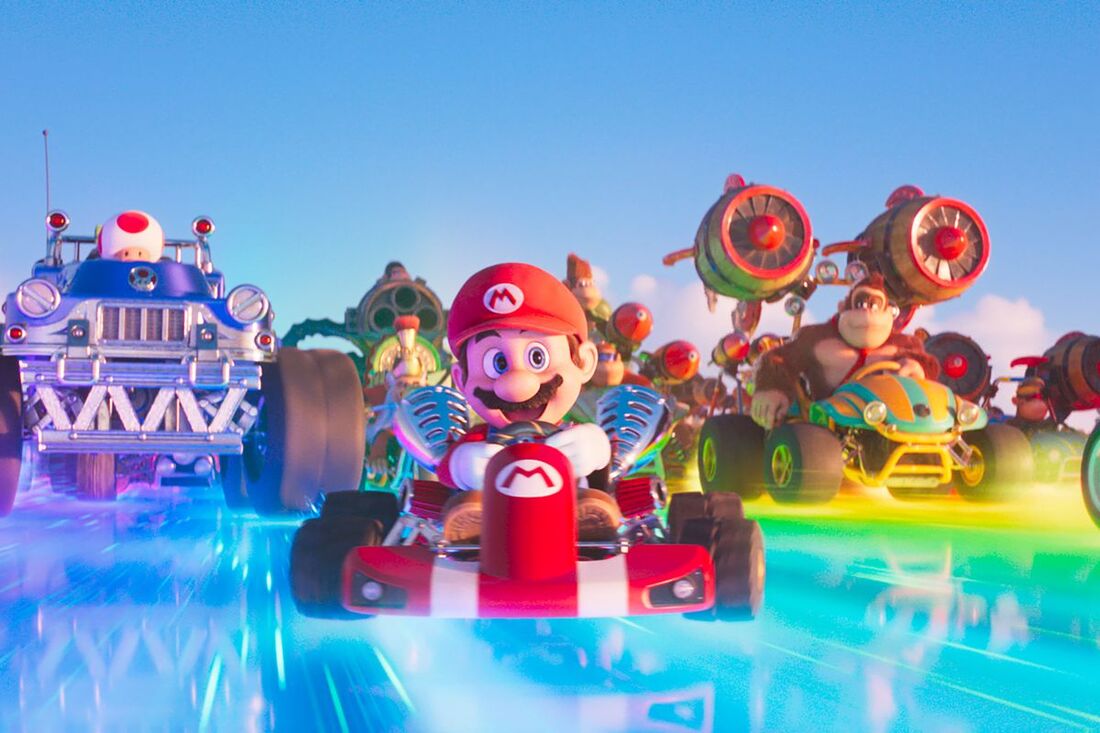
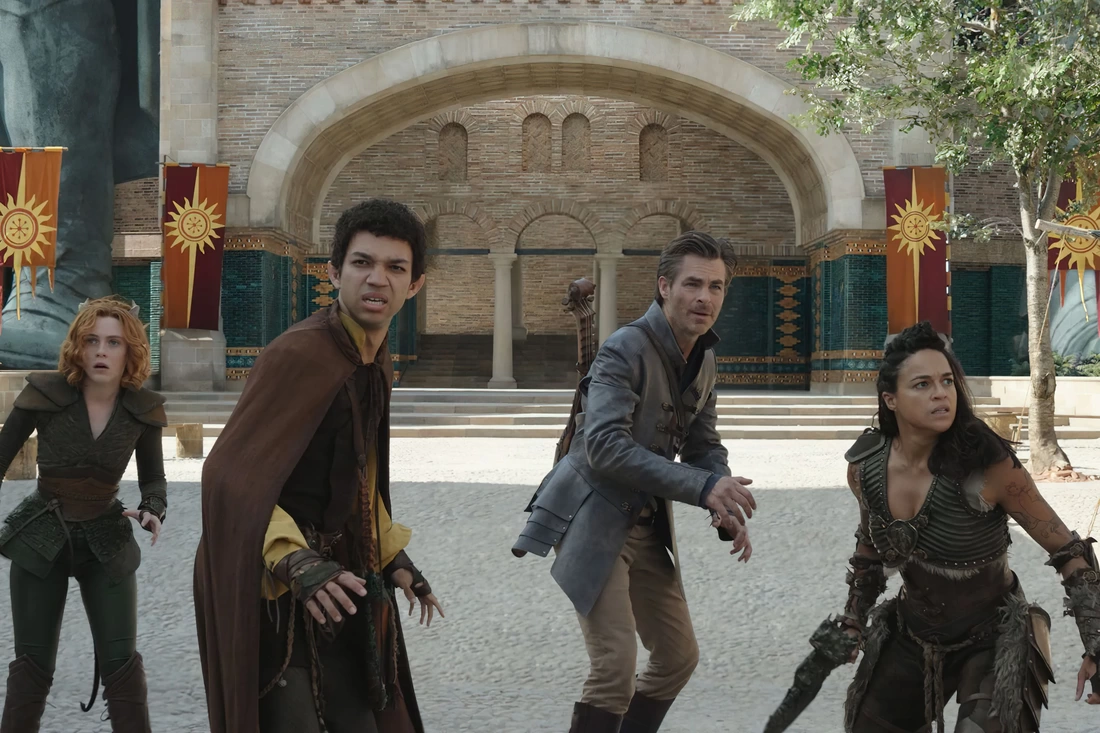
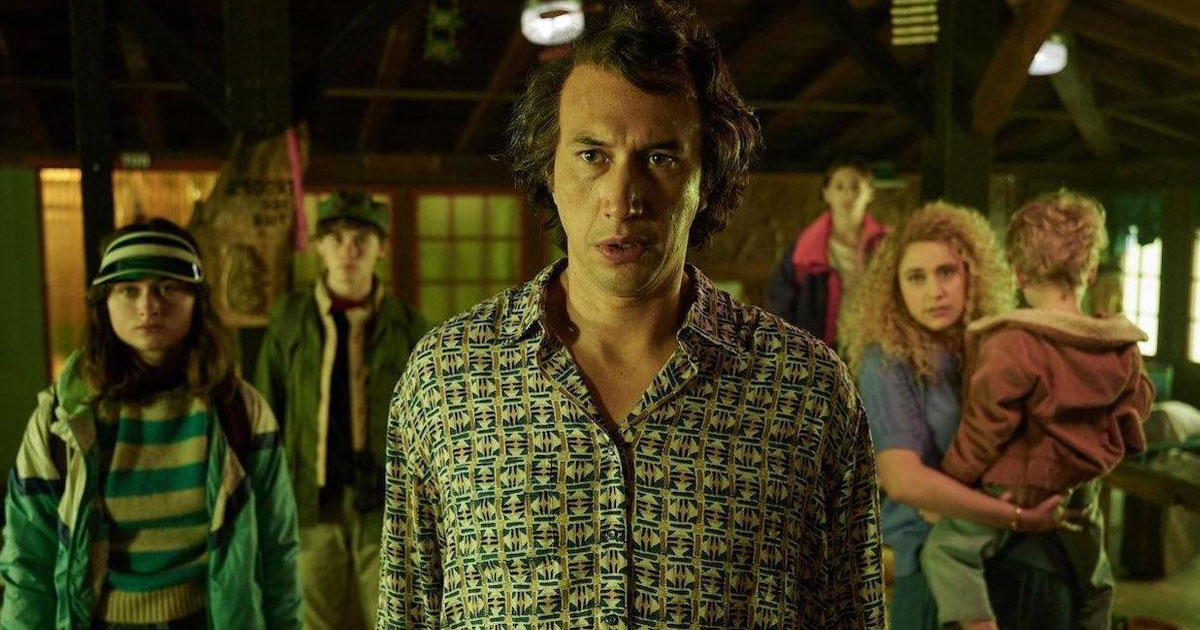
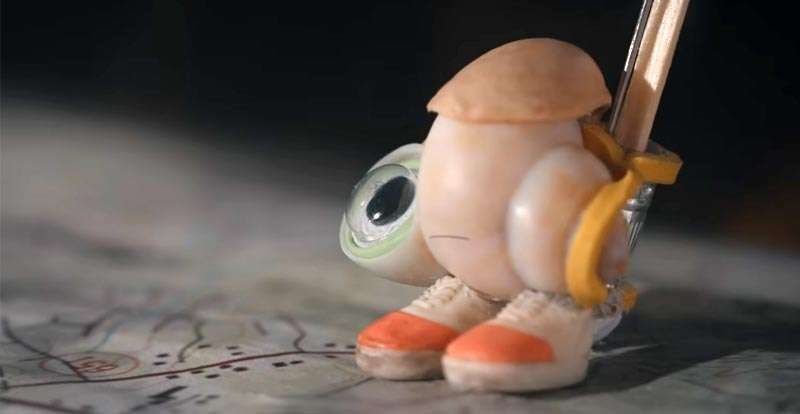
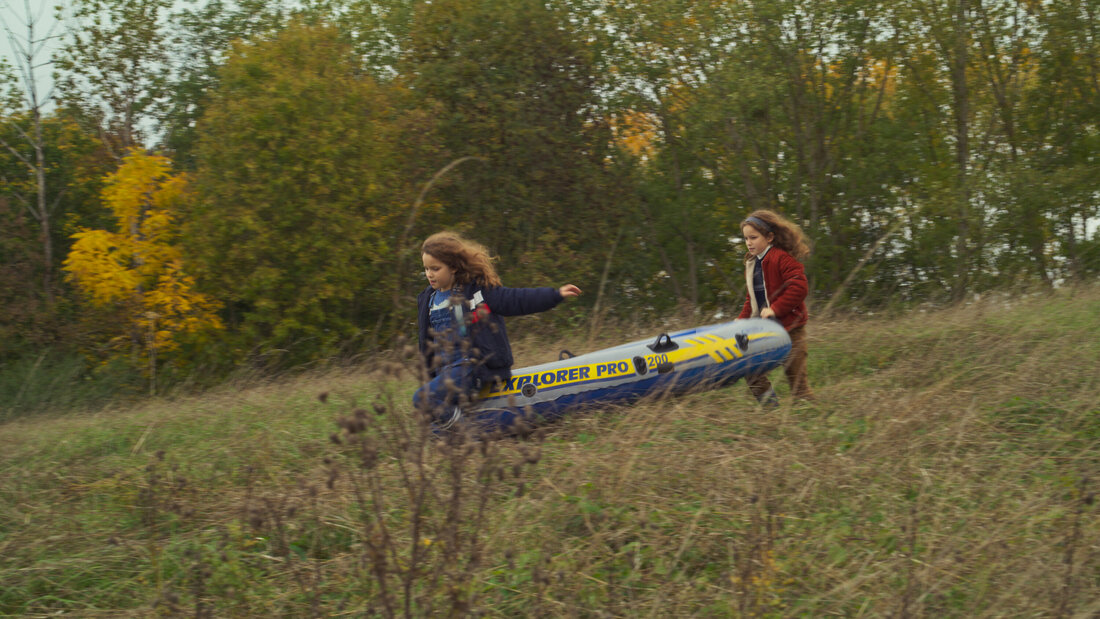
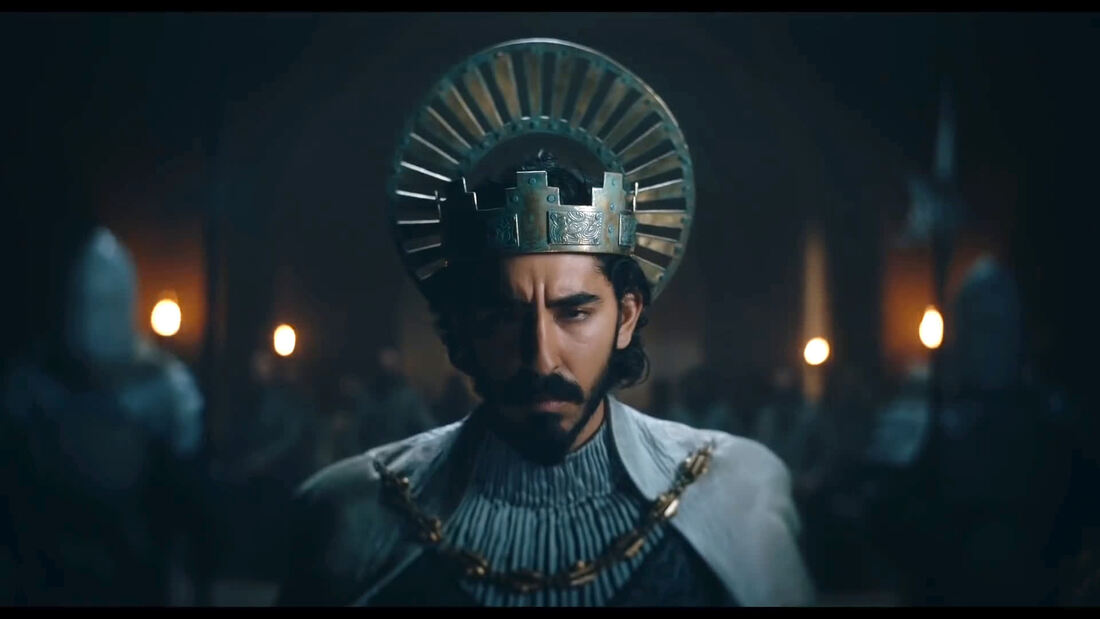
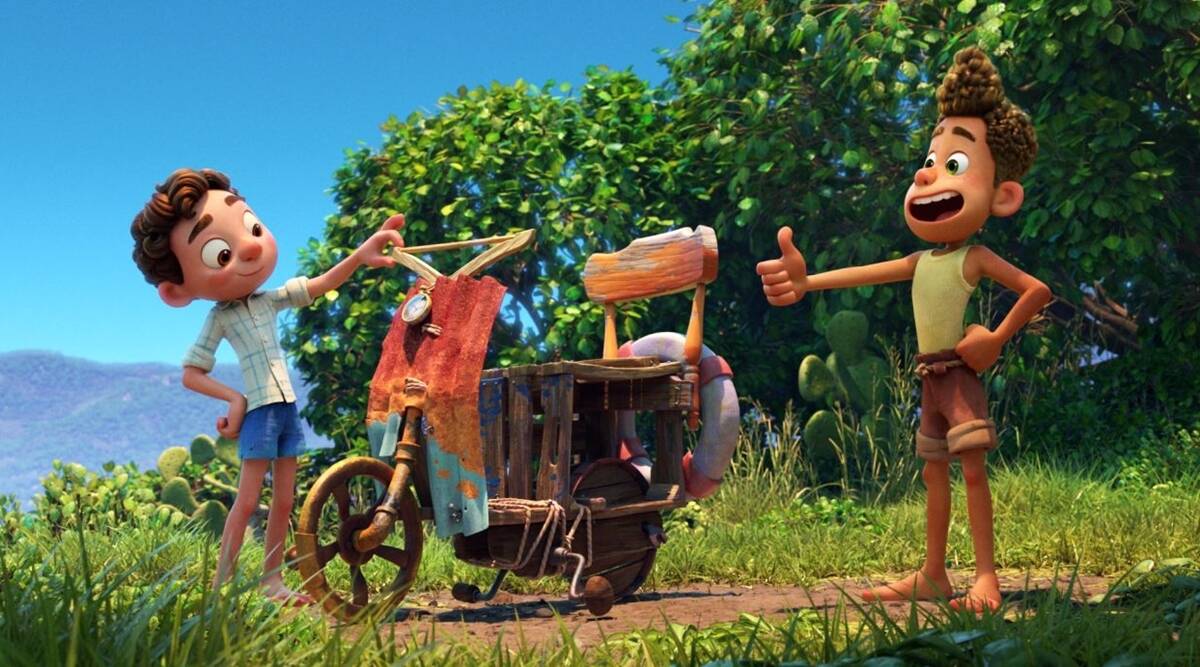

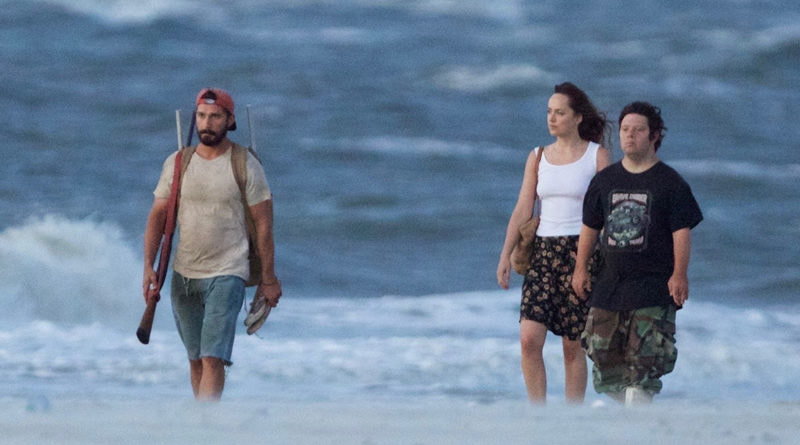
 RSS Feed
RSS Feed